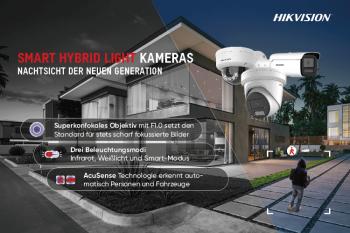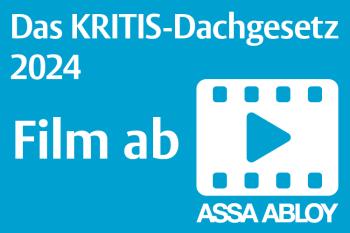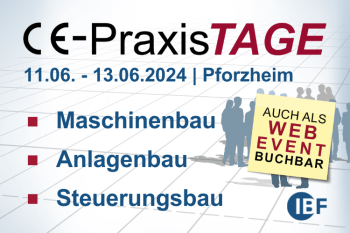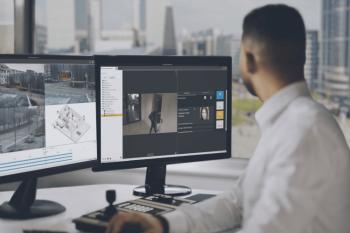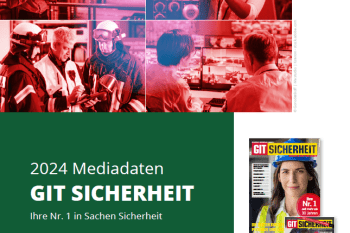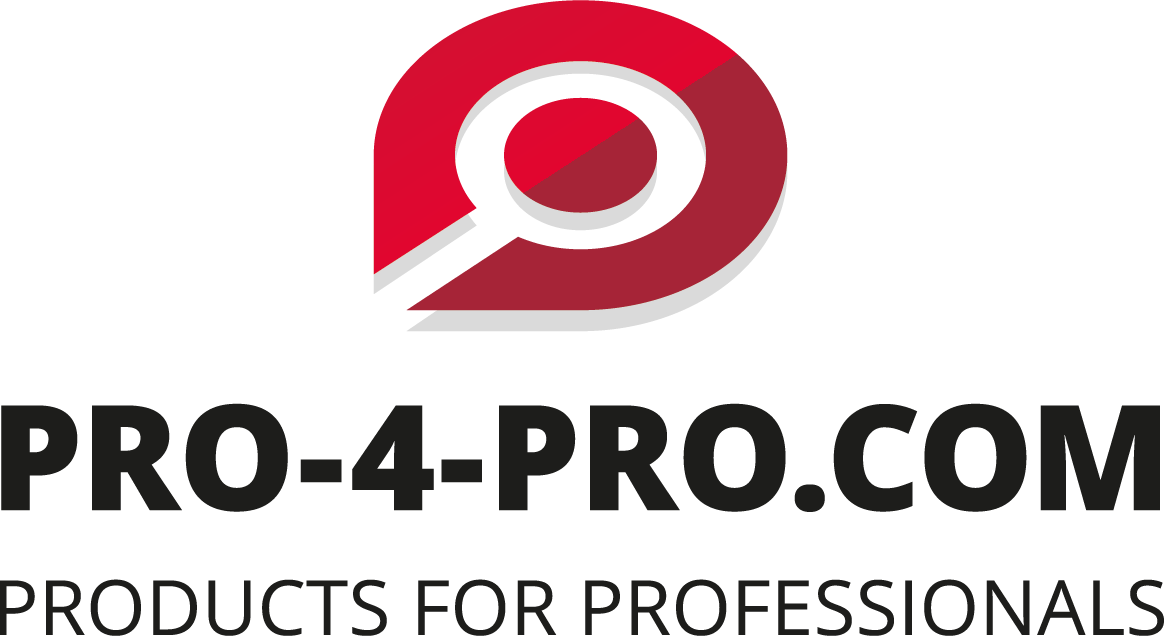What Can You Expect from Video Analysis?
Video Management: Stand and Deliver
GIT SECURITY: Artificial Intelligence, Deep Learning and video analytics are very popular terms when it comes to video surveillance. Can you explain the terms and what they mean regarding security applications?
Florian Matusek: Artificial Intelligence is a field of research, which emerged in the 1950s. It has the broad aim to develop systems, which can understand their surrounding world and learn new skills. We are a long way from true AI today. However, Machine Learning has emerged as one field of techniques, which promises to get us closer. It involves teaching a machine to use inputs and historical information to improve its performance without being explicitly programmed to do so. And one of several types of Machine Learning is Deep Learning, which uses vast amounts of data to train a machine to detect and classify inputs. In security applications license plate recognition is a prominent example, where Deep Learning is used to accurately detect license plates. In summary, Deep Learning brings higher accuracy and a wider range of applications to the security industry.
There are high expectations for these technologies and in the past, it was not unusual to see systems overpromise and underperform. Can you outline where we are in the field of security?
Florian Matusek: Comparing expectations versus reality, 15 years ago the expectation was driving a Lamborghini and the reality was riding a bicycle. Today, the expectation is still a Lamborghini (or more) and the reality is an Audi. We became way better but we still have a long way to go. While challenges around accuracy are less relevant today, we have growing challenges around scalability and required computing power. Deploying a Proof-of-Concept on one camera is very different than rolling out an enterprise-scale video analytics project.
What do you think, what applications make sense in our industry and where do you think users should be cautious?
Florian Matusek: One advice I give anyone looking at video analytics solutions: Don’t buy a solution because it claims using “AI”. In fact, if AI is highlighted excessively, it is rather a red flag. In the Business Intelligence space there are several things that work well, such as people counting. Any solutions that make your video better to search through work well too, think forensic search. Technologies that are still less proven in the field are weapon detection and detecting more complex behaviors. In general, be aware that video analytics is not an application by itself. It must fit a use case that provides value to the user. For example, there is no use for people counting data if there is no tool to view it properly.
What level of ‘intelligence’ would you recommend users when they think about implementing video analytics into their systems?
Florian Matusek: First, start thinking of use cases that are “simple” but benefit a large part of your deployment. Tampering detection is a great example. Detecting if your cameras have been tampered with is a functionality you can leverage on each camera while it is also easy to deploy. Then, think about specific use cases in your facilities where video analytics can help. But start with the problem and then solve it with video analytics, not the other way round. Too often, video analytics are treated as a solution in search of a problem.
Is it better to use analytics at the edge, built into the cameras, or run video analytics within the management system?
Florian Matusek: There is no correct answer to this question, it is a mix. Some features make sense in the camera, but they need to be leverageable inside of the management system, for example less challenging tripwire applications. Running video analytics within the management system is more taxing on hardware resources but brings benefits around ease of deployment and easier management of the data produced. And finally, there is also the option to run analytics in the cloud. But one thing is for sure: The future will be hybrid.


